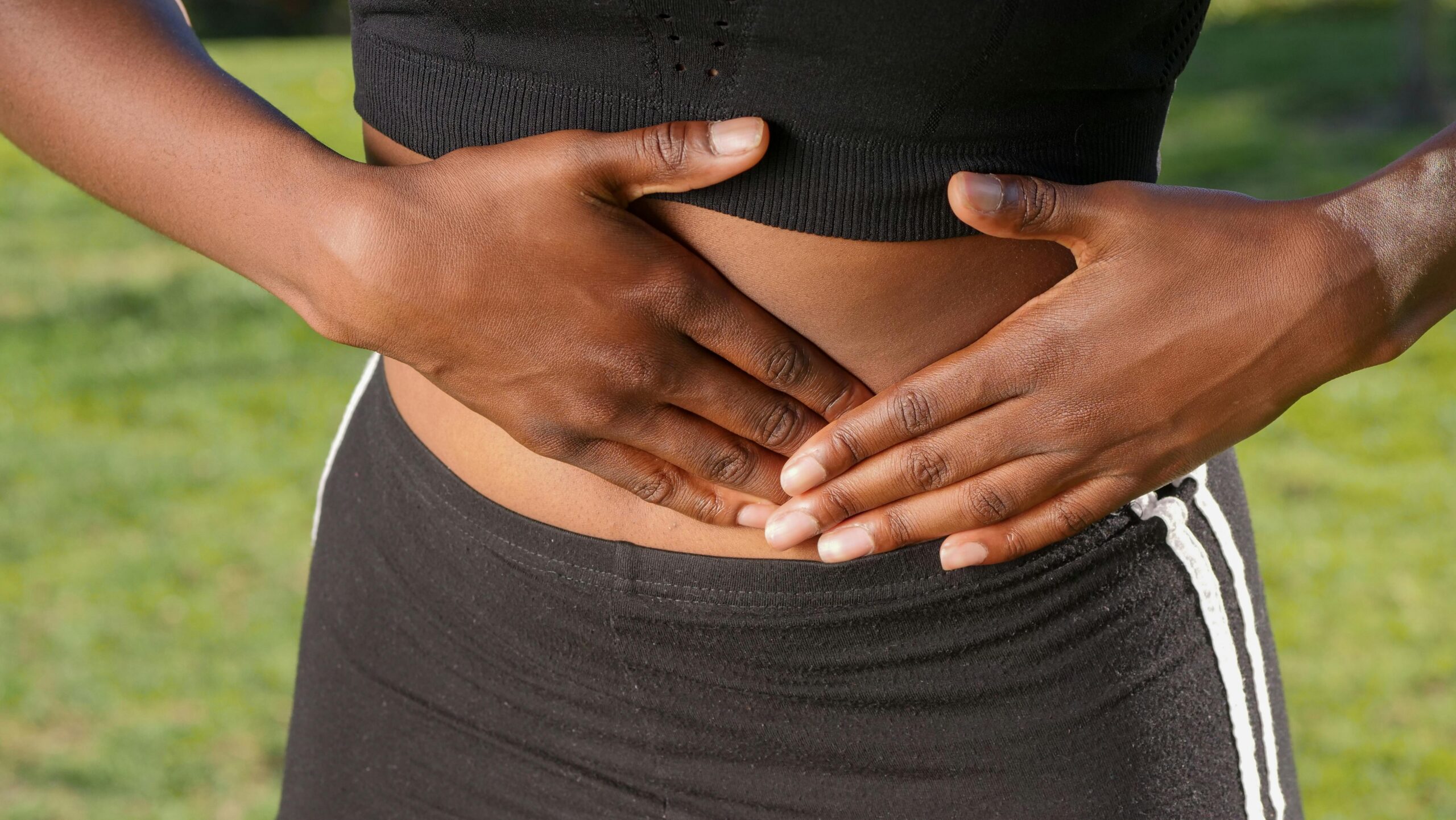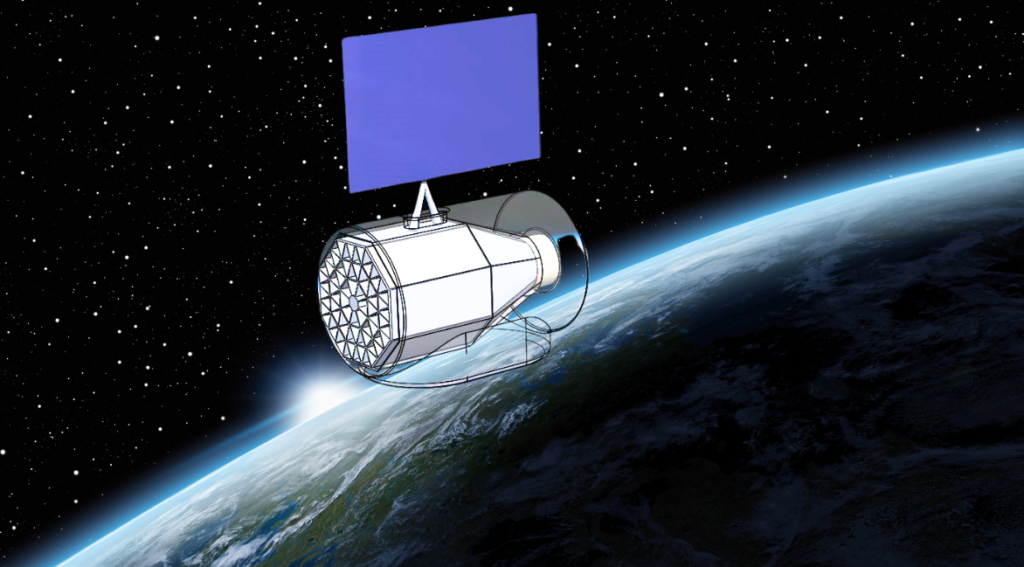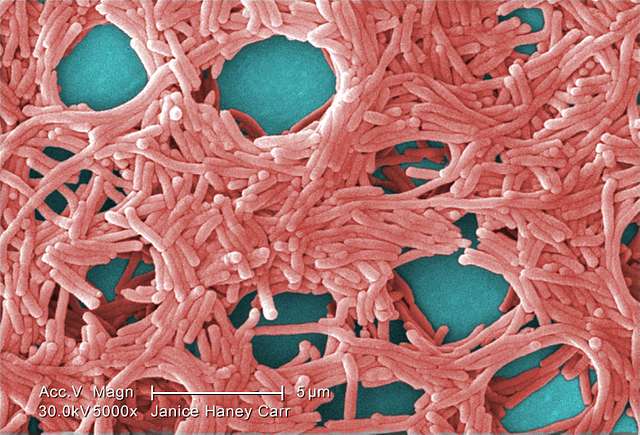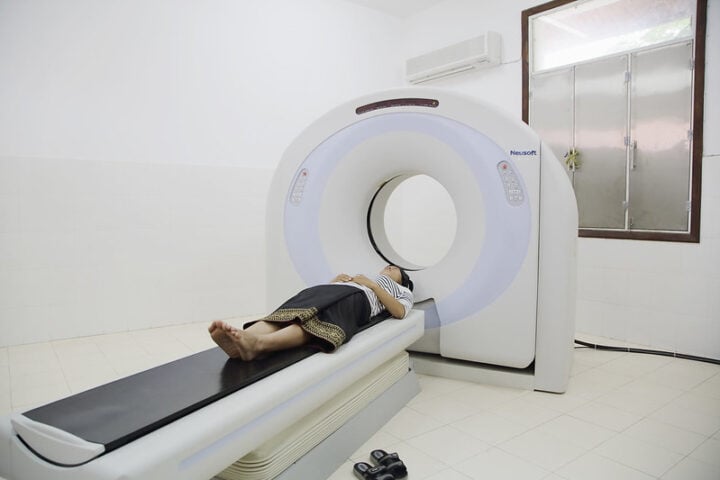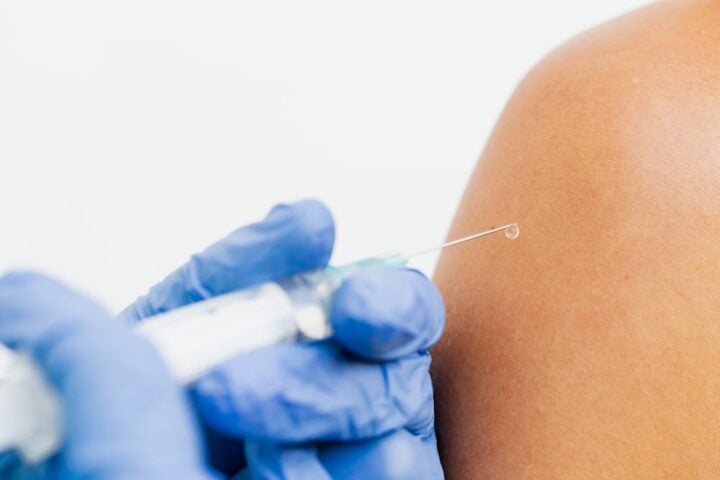A recent study involving 71,341 women corroborates the growing concern that the age at which girls start menstruating is becoming earlier, and the trends are even more pronounced among certain racial and ethnic groups. As per the study, among the people born between 1950 and 2005, it was found that younger generations were starting their first period (menarche) earlier, and the time it that took for their periods to regularize also increased. These findings, published in JAMA Network Open, were based on data from over 70,000 participants in an ongoing Apple Women’s Health Study, which utilized menstrual cycle tracking data from iPhones and Apple Watches, as well as surveys.
Shruthi Mahalingaiah, senior author of the study and associate professor of environmental, reproductive, and women’s health at the Harvard School of Public Health, said, “Our findings can lead to a better understanding of menstrual health across the lifespan and how our lived environment impacts this critical vital sign.”
The study found that younger participants tended to get their first period at an earlier age, but it took them longer to have regular menstrual cycles. The results also suggest that many girls and young women experience irregular cycles for years, a risk factor for a variety of health problems, including cardiovascular diseases, metabolic diseases like diabetes, and certain types of cancer.
Between the two age groups born in 1950-1969 and 2000-2005, the percentage of participants who got regular menstrual cycles within two years of their first period dropped from 76% to 56%. Researchers found these trends across all sociodemographic groups but were most noticeable among participants who identified as Black, Hispanic, Asian, or mixed race, and those who saw themselves as having a low socioeconomic status.
The study showed that body mass index at the age of menarche could partly explain why periods started earlier—indicating that childhood obesity, a risk factor for early puberty and a growing problem in the U.S., might contribute to earlier menarche. Other possible factors include diet, psychological stress, adverse childhood experiences, and environmental factors such as endocrine-disrupting chemicals and air pollution.
Similar Posts
“Continuing to investigate early menarche and its drivers is critical,” said Dr. Zifan Wang, a postdoctoral researcher at the Harvard T.H. Chan School of Public Health. “Early menarche is associated with higher risk of adverse health outcomes, such as cardiovascular disease and cancer. To address these health concerns—which our findings suggest may begin to impact more people, with disproportionate impact on already disadvantaged populations—we need much more investment in menstrual health research,” he explained.
Study participants provided information digitally, based on their memories of early menstruation, introducing certain limitations in the results. However, these results are not generalizable to the entire U.S. population because the data was collected from app users recruited via social media and not from a random sample. Despite this, the conclusions reflect other research, such as a 50-year study on the age of menstruation among white and African American women based on data from the National Health and Nutrition Examination Survey.
According to Shruthi Mahalingaiah, girls who start menstruating at very young ages face more complicated health problems later in life. She highlighted that early periods can be an indicator of future health problems and help doctors make decisions about healthcare. She noted that a healthy diet, exercise, and adequate sleep are important for girls of all ages.
The researchers offered several explanations for the trend toward earlier periods. Childhood obesity is a risk factor for early puberty and appears to contribute to this trend. But the decline in the age of first menstruation began before the obesity epidemic, suggesting that other factors are at play. One major concern is the “usual suspects” — a class of nearly 15,000 artificial chemicals used in various consumer products and present in many foods and water sources. These endocrine-disrupting substances, as well as heavy metals and air pollutants, may play a role in early puberty. Additionally, an inadequate diet including high consumption of sugary foods, stress, and adverse childhood experiences can also affect the onset of puberty. Some studies have shown that early puberty increased during the pandemic, possibly due to the stress and disruptions it caused in the lives of young children.
“The goal is to be sensitive to the menstrual cycle…and discuss very basic risk reduction options, which need to be individualized. Clinically, we also need to understand and treat what might be contributing to women’s irregular cycles, ” concluded Shruthi Mahalingaiah.
